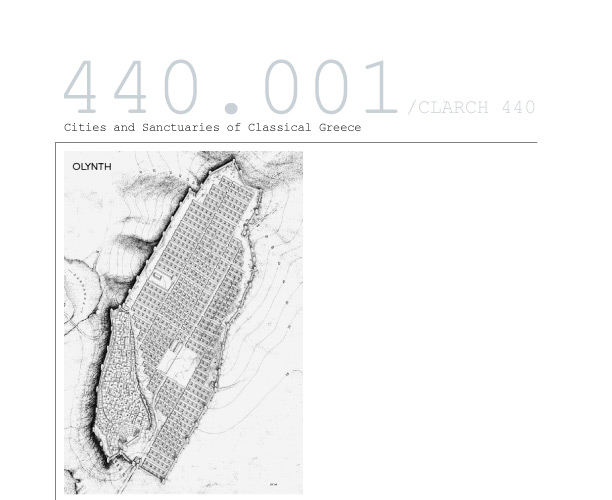
In the ancient Greek world cities and religious sanctuaries formed two complementary and interdependent types of built environment, each with its own characteristic function, architecture and layout. But how did these distinctive architectural complexes arise, and how did they change through time and space? What were their characteristic roles? How can we detect those roles in the buildings and layouts of individual sites? And to what extent did major political and cultural changes, such as the introduction of democracy, shape the various structures and the sites on which they stood? In this course we address these questions and evaluate some of the answers (both ancient and modern) which have previously been offered, by looking in detail at the evidence from a variety of sites, including sanctuaries such as Delphi, Olympia and Samos, and cities such as Athens, Megara Hyblaia and Priene. We cover a wide geographical area, stretching from the Greek communities of southern Italy in the west, through Greece itself, to the eastern Greek settlements on the west coast of modern Turkey. We also span a long period of time, from the ninth and eighth centuries BCE, down to the third century BCE. The aim of the course is to enable students with some prior experience of Greek art and archaeology (for example through Clarch/Histart 221 and/or Clarch/Histart 384) to explore in more depth some of the cultural, social and political factors influencing the architectural form and spatial organization of sites and structures in the Greek world during this period. IV. 3
Instructor: Lisa Nevett
email:lcnevett@umich.edu
email:lcnevett@umich.edu
- Tuesday and Thursday *Crosslisted with CLARCH 440
- 10:00am - 11:30am
- 180 Tappan Hall
- Credits: 3
- Lecture